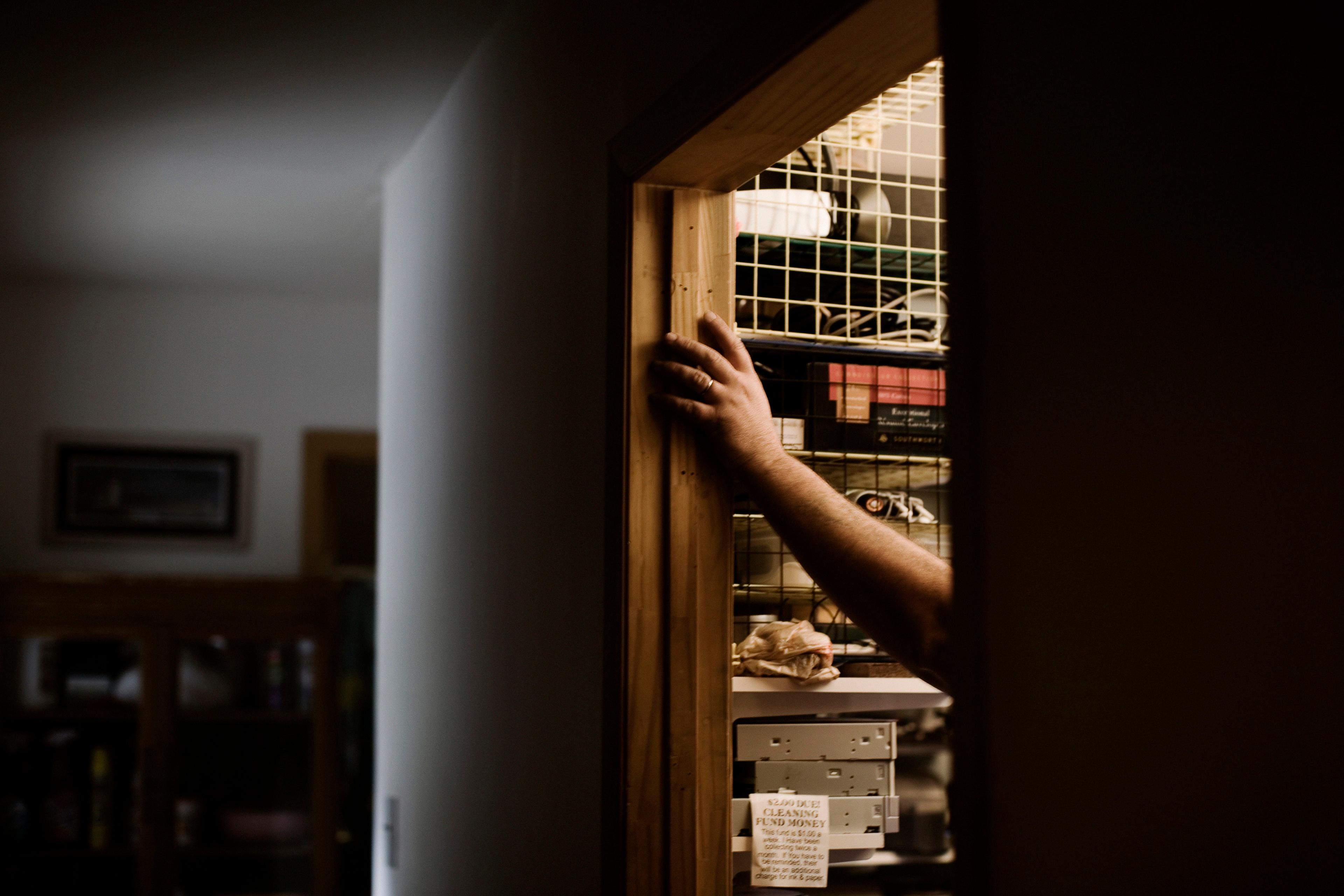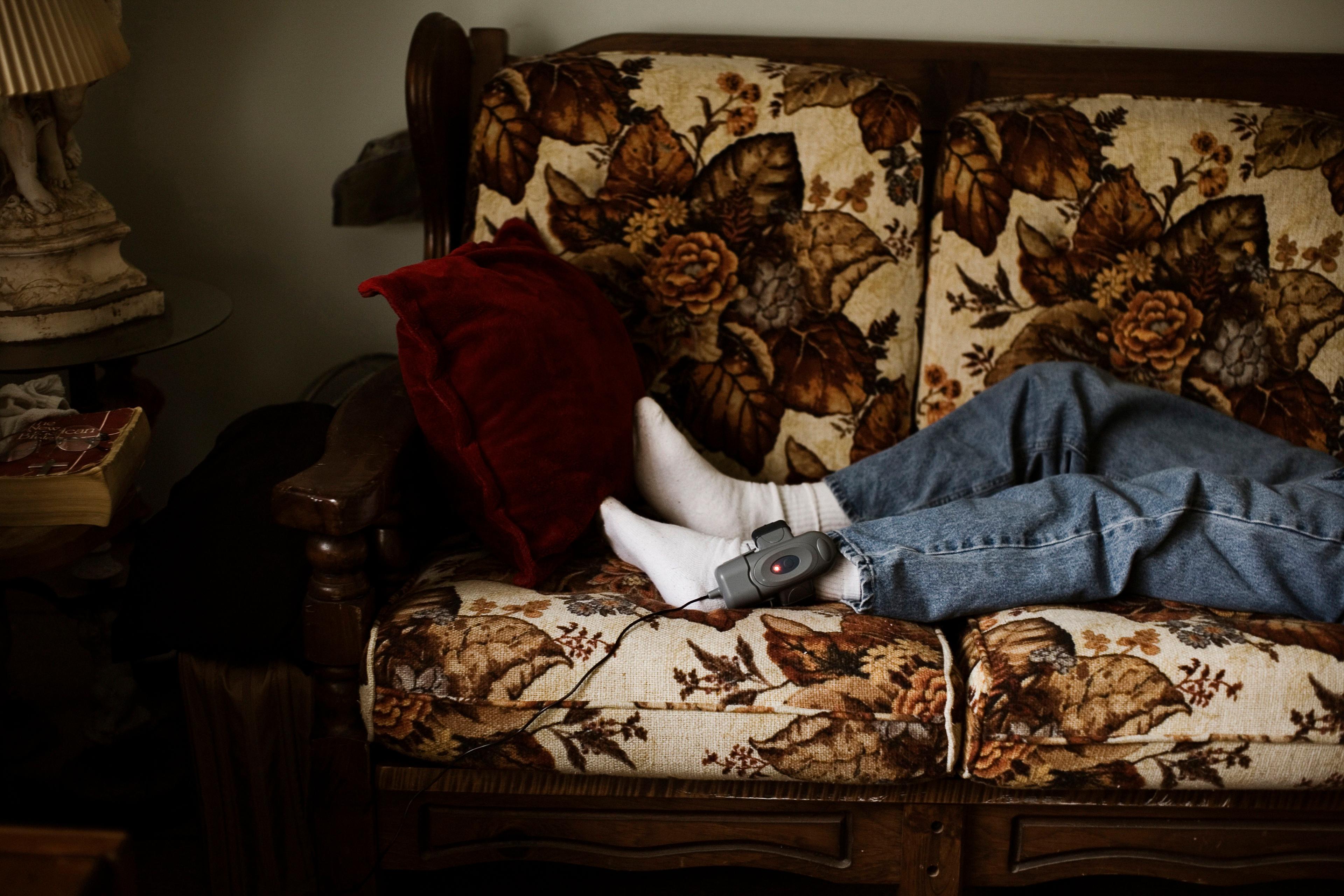Consider the following story, which depicts a sequence of events that could happen at any number of colleges and universities.
Darren and Alysha have just met and are both dancing at an off-campus party. Alysha decides to return home. Darren has been dancing with Alysha all night in front of his friends, who remind Darren: ‘You’ve been stressed. You need to have a good time.’ Darren decides to walk Alysha home, to see whether she’s open to inviting him in. Darren walks with her down a well-lit street toward her dormitory. Getting to Alysha’s door requires that the two enter her dormitory building, which has long hallways with doors that swing shut and automatically lock, leaving hallways quiet and empty. When they reach the door, Darren gently pressures Alysha to let him come into her room, using jokes and promises that he’ll help her to procrastinate on preparing for tomorrow’s early class. Alysha initially refuses, but then relents after a five-minute awkward conversation. They go into her room.
According to a 2020 report, more than 10 per cent of US college and university students have experienced nonconsensual sexual contact – including more than 25 per cent of women undergraduates and almost 23 per cent of transgender, genderqueer, nonbinary or otherwise gender nonconforming undergraduates. How vulnerable to assault is Alysha in this scenario?
Your approach to answering this question is likely influenced by your mental model of sexual assault. If you think that character alone determines whether Darren will assault Alysha, then you might want to know more about what kind of guy he is. If you think that aspects of society at large are most relevant, you might ask what kinds of institutions he is a part of and what kinds of sexist attitudes he might hold. But a more comprehensive approach will also bring to light factors in the immediate situation that could contribute to whether an assault might happen in Alysha’s room.
In a recent paper (from which the fictional story above is drawn), we described a behavioural science approach to understanding campus sexual assault – one that sets aside the essentialising of perpetrators and institutions as intrinsically ‘bad’ and instead analyses how the risk of sexual assault is aggravated or diminished by features of the situation and the psychology it provokes. From this perspective, it is not only the ‘bad apples’ who are the perpetrators or ‘bad institutions’ that are the settings for sexual assault. Using a behavioural science approach, we can look at situations that make assault more or less likely. This is not just a mode of analysis, but a way of creating new policy prescriptions: when we know which situations make assault more likely, we can work to change them.
A behavioural science analysis starts with a problem, focuses on a particular setting, and observes the situational and individual dimensions that are relevant to the problem. We wrote the opening scenario to illustrate how this perspective can usefully change the way people think about sexual assault on college campuses. Contexts and mental processes interact with one another in each of the three situations mentioned in this scenario: the party, the walk home, and the dormitory. Each situation has the potential to influence perceptions of social norms and social scripts, goals, moral reasoning, and perceptions of others. Because of their different social positions in each of the situations, Darren’s and Alysha’s psychologies may be affected differently by the same situation.
Our story has some intentional omissions. We did not include very many details about Alysha and Darren’s identities (for example, whether they are members of high-status groups on campus), which can significantly affect how they feel about themselves and the other person, and how they read the situation. There is also extensive research on the role that alcohol plays in sexual assault on college campuses, and so we aim to highlight other important factors.
At the party described in the story, Darren is likely to be influenced by prescriptive social norms – that is, peers’ ideas about how to act. Research has shown that students will adjust their behaviour according to their ideas of what is typical of their peers. Recall that Darren’s friends expressed to him their expectation that he ‘have a good time’. If he doesn’t know what his friends mean by this, he might assume it means he is supposed to have a sexual encounter with Alysha that night, rather than, say, dance, flirt and exchange numbers. Of course, this may not be what Alysha has in mind as she leaves the party with Darren.
Now, imagine instead that there has been some on-campus education, perhaps by students themselves, about student norms regarding parties and hooking up. If it is clear to Darren and Alysha what their peers mean by ‘a fun night out’ and that it means the same thing to both of them (including sex, or not), this might make it easier for them to know what the other expects and to act according to their own wants, which may or may not be in line with those expectations.
Next, consider Darren and Alysha’s walk home after the party. They are in plain view of other people. While Alysha might be concerned that people think she is leaving the party to hook up with Darren, she is perhaps less likely to be alert to the possibility of sexual assault. Certain stereotypes of sexual assault depict it as something that happens in dark alleys, with strangers – and this situation doesn’t match that. For his part, Darren may be more aware of himself as a person in the world, observed by others, which can activate his desire to be his best self. At a minimum, Darren now sees Alysha’s entire physical self in the light, instead of only parts of her body on the dark dance floor, which helps to humanise her and potentially makes him, for the time being, better at responding to her wants and needs.
Situational power – that is, power derived from a particular situation – is another variable worth considering. A party might afford a man situational power, for example, when he and his friends control who gets admitted into the party and who doesn’t. This is important because situational power changes how people think. In particular, it makes people more focused on their immediate desires, and more likely to pursue them. That is to say, if Darren has some additional power because of the situation that he is in, his efforts to go home with Alysha may be relatively forceful or persistent.
Finally, when Darren and Alysha arrive at her dorm, they may find that they are alone. As a result, Darren might not feel like he is being watched anymore. By dint of having arrived at her door, he may think the decision of whether they will hook up has already been made, leading him to start acting as if they will be having sex and making him less likely to pick up on cues that she is not interested. This could help explain why Darren continues to pressure Alysha for an awkward five minutes; he has failed to recognise her polite refusals.
Meanwhile, Alysha could be experiencing a high amount of what psychologists call ‘cognitive load’ – she may have a lot to think about at the same time, making it difficult to think about any one thing in depth. Alysha may let her guard down because she has followed a script used by her peers. In this ‘safety script’, women keep themselves safe by leaving parties early, without being too drunk, and asking someone to walk them home. On the other hand, Alysha might be worried about her safety, because she is wondering what it might signal to Darren that they are alone. She may also feel she is supposed to follow yet another script – a ‘politeness script’ in which women are expected to show gratitude to men for walking them home. Alysha must balance these and other considerations, increasing cognitive load and maybe even leading to decisions (eg, allowing him into her room), that she would not make if she had more time and space.
Imagine that instead of walking to the dorm room, Darren and Alysha had access to a common area in her building to go to after the party. In our own qualitative research, we spoke with undergraduate students who are committed to combatting sexual assault on campus. They told us that some of the residential spaces on their campuses consisted of long hallways in which all the doors to the rooms automatically swing shut (for fire safety reasons). This means that when students arrive back in their dorms, they often walk down a silent hallway of closed doors; it isn’t apparent that anyone is there to ask for help if it’s needed. A common social space would allow Darren and Alysha to spend time somewhere other than a closed bedroom – a place that may be unintentionally suggestive of the possibility of sex.
Ultimately, a person in Darren’s position is responsible for his actions. At the same time, factors such as those described above can have an influence on what actions people like Darren and Alysha take and their understanding of these actions, which in turn could affect the likelihood that one person assaults another. Note that we have not analysed Darren’s personality or attitudes toward women, or whether Darren and Alysha belong to particular organisations or institutions. These factors may all play a role, but they are likely harder to change than immediate situations and the ways individuals construe them. This type of analysis should not be taken to exculpate someone who commits sexual assault, but rather to examine and analyse the contextual factors that make assault more or less likely, and identify points for intervention.
The general analytic approach we have walked through – start with a problem; focus on a particular setting; and generate relevant situational and individual factors – is not limited to analysing the problem of sexual assault. It has also been used productively to better understand poverty and civic participation, among other kinds of social and behavioural policy issues.
The observations we’ve made in this case suggest some potential avenues for reducing sexual assault on campuses. There may be useful ways of reconfiguring social spaces, including the creation of more shared social spaces that are accessible late at night. Better lighting on campus might be another way to reduce the risk of sexual assault. There could be efforts to make social norms on campus more explicit, such as by both surveying students on what they expect from parties and conveying the findings to them. Interventions such as these would have to be rigorously tested, ideally with randomised interventions and the measurement of behaviour. But we must recognise, as we consider new ways to prevent sexual assault, that the situations in which it takes place hold a great deal of power.








